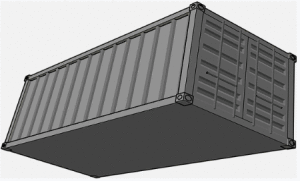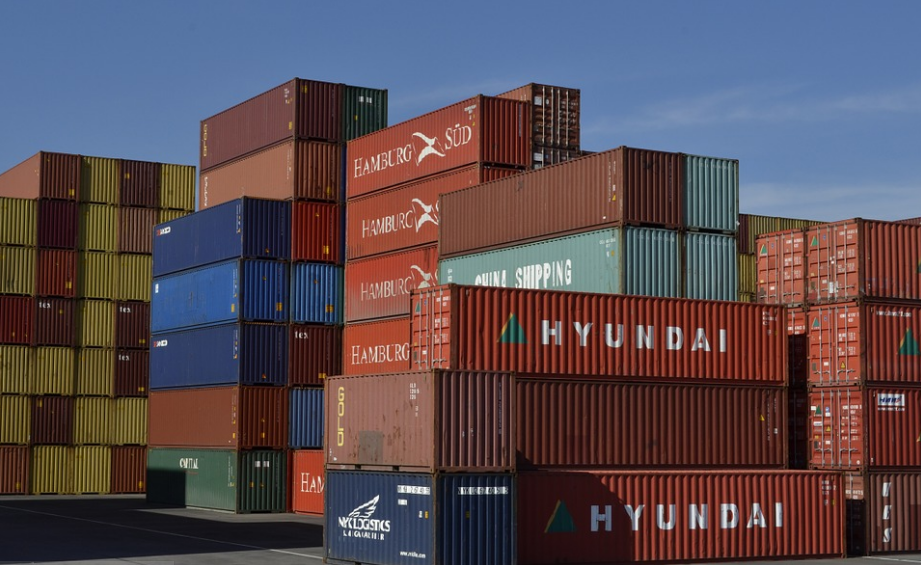Shipping containers can be a good option for you to keep your property, inventory, or for any personal or business need when you run out of space. Among the top advantages of the containers is that they are versatile. You can convert them into whatever suits your needs such as a shelter, office, garage, guesthouse, and a lot more. You have the option of renting, but that may limit you from doing whatever you wish with it. Buying, on the other hand, might be quite expensive. It is thus important that you consider various factors before purchasing to make the right choice.
Top factors to consider when buying a shipping container
Size of the container
The decision on which size of the container to buy will mainly be influenced by your needs. If you intend to store furniture, for example, you should consider the size and number of the pieces of furniture then choose a container that will fit all of them. The two common sizes are the 20-foot and 40-foot containers. You get more value for money purchasing the larger container, but the smaller one has more portability.
Space to set the container
You need to determine where you will set the container before buying it. Take the measurements of the area, including the height, and ensure that your new container will fit there. You should also ensure that no important view will be blocked by the container when you set it. When taking the measurement, ensure that you account for some clearance of about 120 feet for the truck to get the container in.
Quality of container
 There are four main options to choose from when deciding on quality of the container. The first one is the one-trip containers. These are manufactured in Asia and then shipped for sale. They usually come in either grey, green, or tan color, without any dent or rust. The second option is the cargo-worthy containers. They have the best quality, and they are certified structurally good for shipping. Watertight containers are the third option, but it is quite difficult to get one that still has the cargo-worthy certification. The last option is the as-is containers, which come with various known defects and no warranties.
There are four main options to choose from when deciding on quality of the container. The first one is the one-trip containers. These are manufactured in Asia and then shipped for sale. They usually come in either grey, green, or tan color, without any dent or rust. The second option is the cargo-worthy containers. They have the best quality, and they are certified structurally good for shipping. Watertight containers are the third option, but it is quite difficult to get one that still has the cargo-worthy certification. The last option is the as-is containers, which come with various known defects and no warranties.
Modifications
There are shipping containers which have been modified to suit various needs. Good examples include refrigerated containers and dangerous goods storage containers.

